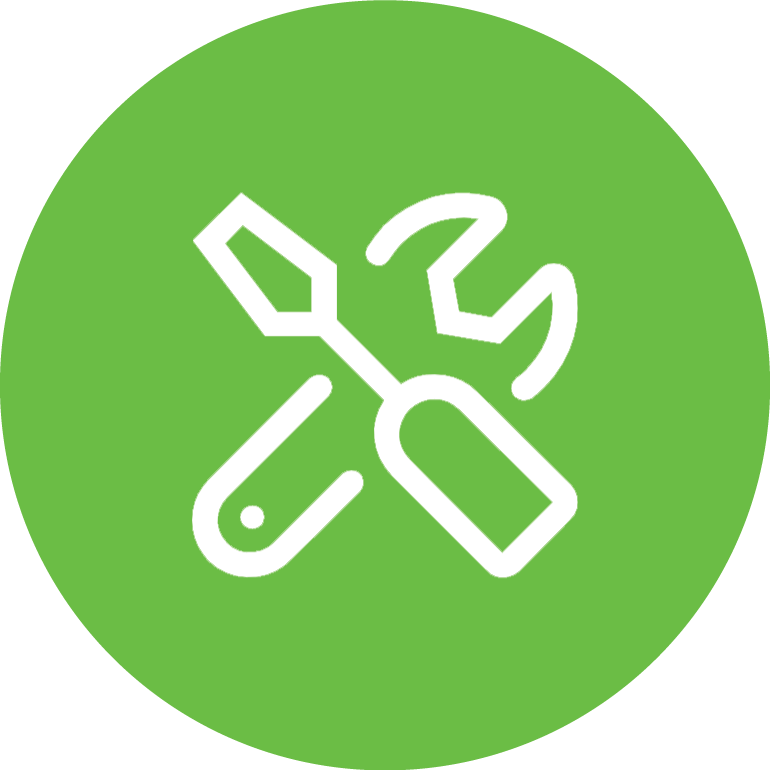There is one set of records that cemeteries must keep up to date: records of sales and burials. It’s important to know details like who purchased a grave and when, whose remains are buried there, what type of vault was used and the date of burial.
It’s important for cemetery managers to maintain this information so families can know what they purchased and where they can bury their loved ones.
As a manager, your focus is on caring for the deceased and the memorials. However, work is generally done on the fly and records often require manual entry. How do you keep track of everything? How much time do you spend transcribing information into spreadsheets? How can you make sure the data related to your business is accurate?
Whether you’re selling plots, mausoleums, or burial vaults, it’s important to keep track of available inventory. If you don’t know what’s been purchased and what hasn’t, you’ll risk accidentally selling the same space twice—and the consequences of that mistake could be a nightmare.
Many cemeteries, especially those that are older, use pen-and-paper systems to record the status of each grave and plot. But this system has drawbacks, from being hard to read to time-consuming for staff members to update.
In addition, if the wrong information is entered or the handwriting isn’t clear, handwritten records are subject to error. This can lead to problems when a family member comes in and wants to purchase a specific plot or grave: When you’re looking through your papers, it can be difficult to tell if a team member already sold that grave—or if the record was updated. The problem gets worse when families are looking for a loved one’s grave and you must depend on paper records to find it. The grieving family is standing at your desk while you are shuffling endlessly through handwritten notes and forms—wasting their time and yours.

A simple software solution can solve all those issues: AXIOM cemetery management software. This solution gives you a tool to view records all in one place and the opportunity to not only reduce mistakes but also increase sales and family support.

Making a map of the burial grounds and staying up-to-date on which plots have been reserved is very simple with the right cemetery mapping solution.
With the right cemetery software, you can create maps of your grounds and even choose to publish them on your website. This can improve support for families because they can use these maps to locate specific gravesites, and staff can use them to view available inventory.
Having this information at your fingertips will help you identify trends and respond quickly to problems. For example, if a section of your cemetery suddenly seems to sell out faster than others, you can analyze it further to determine why that is—and adjust as necessary.
Virtual cemetery mapping technology makes it easy to keep up with who has purchased which plot by creating a paperless system that takes the place of paper maps.
Anytime someone buys a plot, the information is recorded, and the plot is marked on the digital map.

It’s not easy to track which plots are available in your cemetery. You might have a master map that has been kept up-to-date over the years, but it’s never as precise as you’d like it to be. What does this lead to?
Digital cemetery mapping software provides a simple solution to one of the most frustrating problems in cemetery management: determining which plots are still available for sale.
Cloud-based mapping technology creates an accurate master cemetery map that is instantly available to managers and salespeople. Cemetery administrators or managers can easily share this information with the funeral director, customers, or the general public.
Managers or salespeople can update the data with nothing more than a few clicks on a keyboard. There is no need to wait for someone to update your master copy of the cemetery map.
Your cemetery map will always be up-to-date, even if someone buys several plots in the middle of the day. The result: more sales, less mistakes and better customer support.

Each cemetery has different requirements. However, cemeteries typically have to keep thorough records of the burials that have taken place on their grounds. It’s also important to track where each burial is taking place in the cemetery and how much space is available in each area. Establishing best practices means creating better customer support.
Many cemeteries sell vaults for ashes or those who wish to be buried together in a mausoleum. These sales bring revenue to the organization, and managers must also record their details.
Some cemeteries may also sell plots of land or other pieces of property within their grounds to individuals who would like to build a private memorial for their loved ones. All this information needs to be tracked and easily accessible by all organization members.
Information could easily get lost or misplaced if not organized carefully. Suppose a burial occurs at one end of the cemetery while a vault is sold on the other end, and there are no easy ways to track each event’s details. It can be difficult for the organization’s members to access both sets of information at once.
To manage all this data effectively, a cemetery administrator will need a reliable cemetery operation system to work a large volume of data and make it readily available.


As a cemetery manager, you’re tasked with keeping track of everything done at your cemetery. As you go through your list of maintenance issues, you know that some problems are more urgent than others.
How can you tell which ones need attention first?
With the right software, you can quickly generate reports about which plots and gravesites are most in need of attention based on their condition and other factors such as how long it’s been since they were last looked after. You can get more done in less time, which opens doors to providing families better care during their time of need.

It’s essential to keep track of customer information and payments to know who has paid for a plot, how long it is reserved and other details. Many cemeteries do this with paper records or Excel spreadsheets, but these can be challenging to manage, especially if there isn’t an organized system. The right cemetery financial management solution helps track payments and customer information electronically. The software eliminates the need to go through paper files or Excel spreadsheets—making sales and operations more manageable.
Axiom cemetery management software can help. Keep track of your cemetery with ease, get more done with less time, increase cash flow, and be the support that families are looking for.
With our system-wide digital database, you and your team can manage and integrate sales, marketing, customer service records and finances from one central hub.
